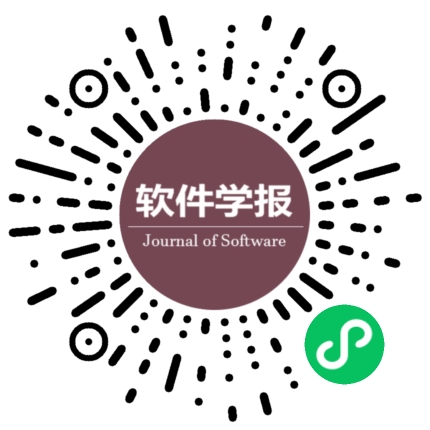缺陷报告质量研究综述
作者:
作者单位:
作者简介:
邹卫琴(1988-), 女, 博士, 副教授, CCF专业会员, 主要研究领域为缺陷定位, 软件仓库挖掘.;张静宣(1988-), 男, 博士, 副教授, CCF 专业会员, 主要研究领域为软件仓库挖掘, 智能软件工程.;张霄炜(1996-), 女, 博士, 主要研究领域为机器学习, 软件质量分析.;陈林(1979-), 男, 博士, 副教授, 博士生导师, CCF高级会员, 主要研究领域为软件工程, 程序分析.;玄跻峰(1984-), 男, 博士, 教授, 博士生导师, CCF高级会员, 主要研究领域为软件分析与测试.
通讯作者:
陈林,E-mail:lchen@nju.edu.cn
中图分类号:
基金项目:
国家自然科学基金(62002161, 61902181, 61872177, 61872273); CCF-腾讯犀牛鸟基金(RAGR20200106); 中国博士后科学基金(2020M671489)
Survey of Research on Bug Report Quality
Author:
Affiliation:
Fund Project:
引用本文
邹卫琴,张静宣,张霄炜,陈林,玄跻峰.缺陷报告质量研究综述.软件学报,2023,34(1):171-196
复制相关视频
分享
文章指标
- 点击次数:
- 下载次数:
- HTML阅读次数:
历史
- 收稿日期:2021-05-08
- 最后修改日期:2021-06-24
- 录用日期:
- 在线发布日期: 2021-11-24
- 出版日期: 2023-01-06
文章二维码

您是第位访问者
版权所有:中国科学院软件研究所 京ICP备05046678号-3
地址:北京市海淀区中关村南四街4号,邮政编码:100190
电话:010-62562563 传真:010-62562533 Email:jos@iscas.ac.cn
技术支持:北京勤云科技发展有限公司
版权所有:中国科学院软件研究所 京ICP备05046678号-3
地址:北京市海淀区中关村南四街4号,邮政编码:100190
电话:010-62562563 传真:010-62562533 Email:jos@iscas.ac.cn
技术支持:北京勤云科技发展有限公司



